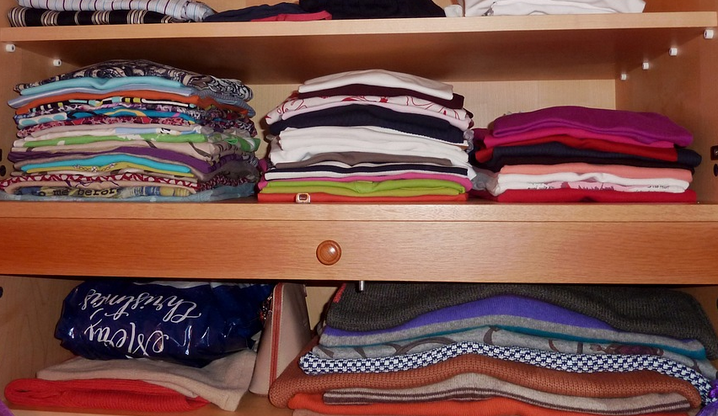Unmasking the Mystery of Heel-Induced Numbness
Let’s face it, there’s a certain allure to wearing heels. They instantly elevate our fashion game and can even provide a boost of confidence. But as we all know, with every step in those high-heeled creations comes a subtle (or not-so-subtle) change in how our feet feel. One of the most common complaints is toe numbness after wearing heels.
This tingling sensation, often accompanied by a feeling of pins and needles, can be quite disconcerting, particularly if it’s persistent or associated with other foot discomfort. But there’s no need to panic; understanding the cause and potential solutions can help you navigate this experience more comfortably.
Understanding Toe Numbness: A Closer Look at the Culprit
The reason for toe numbness after wearing heels is primarily a result of pressure on the nerves in your feet. When we wear high-heeled shoes, particularly those that are excessively thin or lack good arch support, pressure can be concentrated on the tiny bones and nerve endings in our toes, especially when standing for prolonged periods.
This compression can cause a temporary disruption to normal blood flow and nerve transmission, leading to the numbness you experience. Here’s a deeper dive into what happens:
**Pressure Points:** High heels often crowd the space between your toes, forcing the nerves that are responsible for feeling pressure and temperature in the foot to relocate into smaller areas.
**Compression of Tiny Blood Vessels:** The tiny blood vessels, which deliver oxygen and nutrients to the feet, become compressed under the weight of high heels. This can hinder blood flow to the toes, leading to numbness.
**Peripheral Neuropathy:** In some cases, prolonged pressure on nerves (especially those responsible for sensing touch) could even be a sign of peripheral neuropathy, which is a condition where the nerves in your extremities become damaged and less responsive to signals from the brain.
The Severity of the Numbness: Factors at Play
The severity of toe numbness after wearing heels varies between individuals. Several factors can influence its duration:
- **Heel Height:** Higher heels lead to increased pressure on your feet, often resulting in more pronounced nerve compression and faster onset of numbness.
- **Shoe Type:** Thin, flimsy shoes offer less support, leading to greater pressure concentration. This is especially problematic for prolonged wear.
- **Duration of Wear:** Longer periods in heels are inevitably linked to more intense discomfort and a higher risk of numbness development.
- **Individual Anatomy & Foot Strength:** Some people have naturally wider feet or have weaker intrinsic foot muscles, making them more susceptible to pressure-induced nerve compression.
When to Seek Professional Help: Addressing the Root Cause
While toe numbness after wearing heels is often temporary, it’s important to pay attention to its duration and severity. Here are some instances when consulting a medical professional might be beneficial:
**Persistent Numbness:** If your numbness persists for more than a couple of hours or if it disrupts your daily life significantly.
**Painful Tingling:** If you experience intense pain alongside the tingling, this could indicate a problem that requires professional evaluation.
**Red Flags:** If numbness is accompanied by swelling, discoloration of skin, or other unusual symptoms like loss of balance or coordination, seek immediate medical attention.
Tips to Minimize Toe Numbness: A Guide to Comfort
Here are some tips you can implement to ease toe numbness and prevent it from becoming a regular occurrence:
- **Embrace the Right Shoe Size:** Ensure your shoes fit properly, with enough space in the toes. High-quality shoes often come with well-padded insoles that offer arch support.
- **Switch It Up: Experiment with Different Styles:** Try out different heel heights and shapes to find what feels most comfortable for your feet.
- **Invest in Supportive Insoles:** Orthotics can help redistribute pressure, reducing the impact on your toes. These are especially crucial if you’re prone to arch pain.
- **Stretch Before and After Wearing Heels:** This helps loosen up the muscles and tendons that support your feet, lessening the impact of wearing heels.
Conclusion: Finding Balance and Enjoying Your Style
Toe numbness after wearing heels is a common phenomenon. By understanding the reasons behind it, you can make informed decisions to minimize its severity, preventing discomfort as much as possible. Remember that finding the right balance between style and comfort is crucial for both your feet and your overall well-being.
